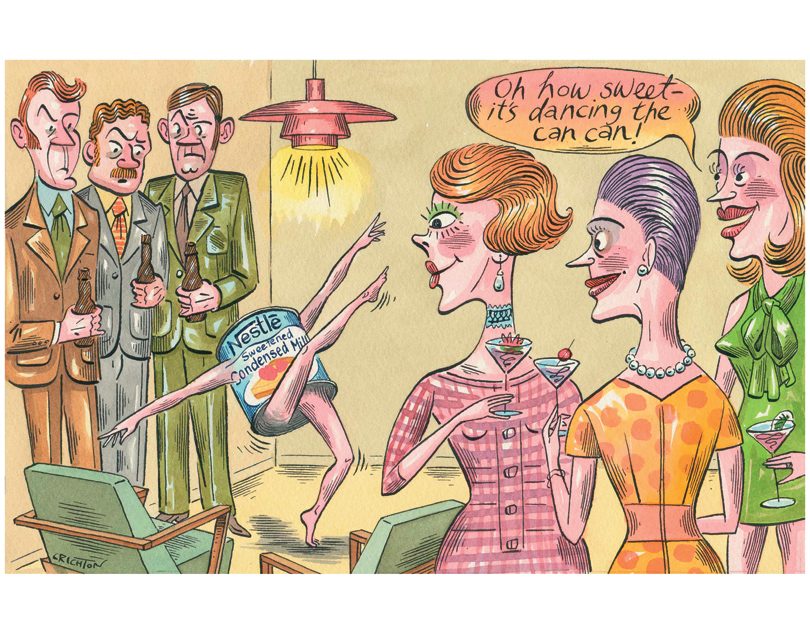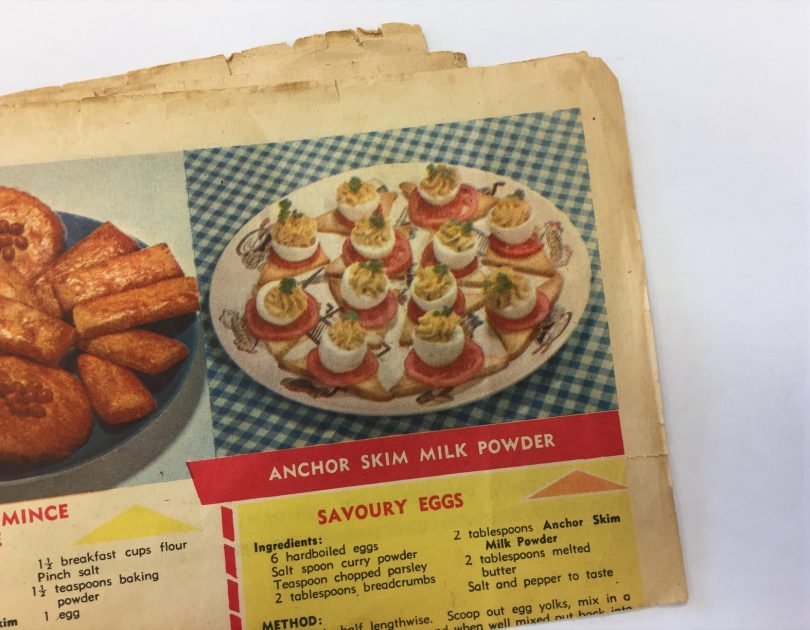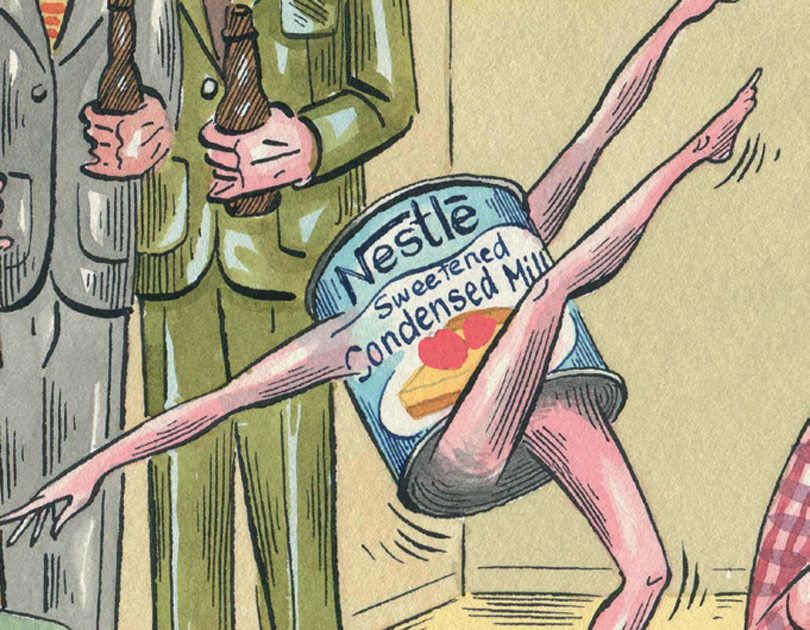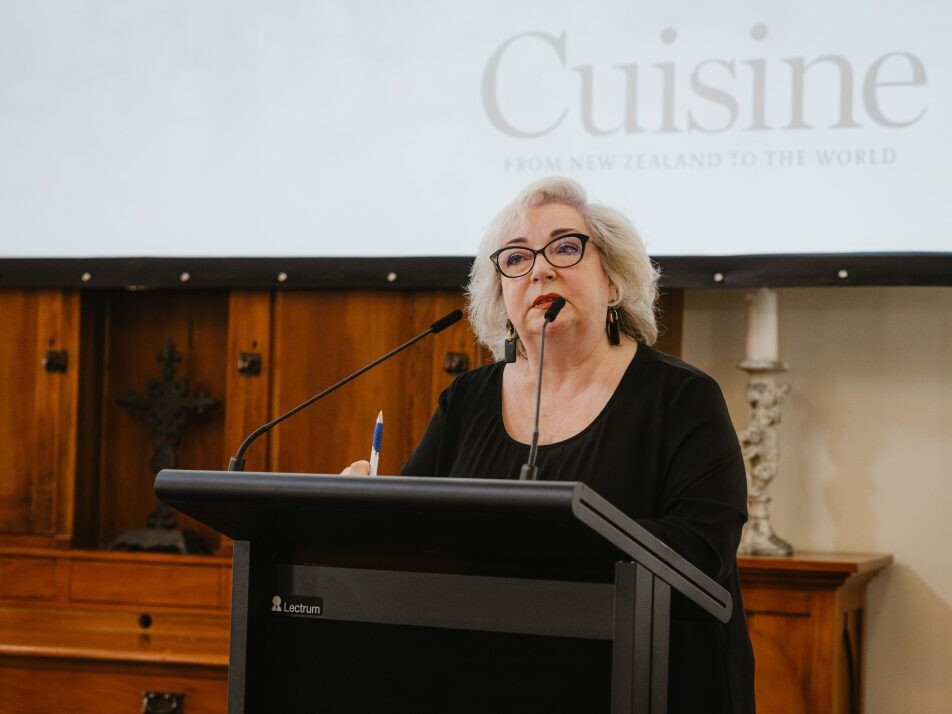GRANT ALLEN defends condensed milk mayonnaise and argues it should still have its place in the pantry.
As we head into party season and the endless array of sauces and condiments are rolled out onto the buffet table, a Facebook post by Auckland caterer, food writer and superb dinner-party bad boy Grant Allen caught my eye. The ensuing debate over the relevance and taste of this classic Kiwi mayo (made from sweetened condensed milk, malt vinegar, mustard powder and salt) was both educational and highly entertaining. I’ll let Grant explain… KELLI BRETT
I have always defended this mayo not because I think it’s some sacred New Zealand culinary cow, but because I like it a lot.
One of my earliest food memories is my mother making a picnic for her four young boys on our lawn: iceberg lettuce, tomatoes, cucumbers, spring onions, asparagus and potatoes – all grown in the backyard garden by my father – hard-boiled eggs (we had a hen house with 20 chooks), her bottled beetroot, leftover cold meat or ham from the local butchers, condensed milk mayo and a fresh loaf of white bread. It was a summer’s day, late 1950s NZ and I was five.
Recipe collections and books from this period suggest condensed milk was a pantry staple, used in domestic baking to fill those cake tins for morning and afternoon teas and school lunches. Interestingly enough, recipes for the sweet stuff – cakes and slices – were usually the first section of these publications.
Scanning my grandmother’s recipe books, many printed by various church groups, schools and local businesses, the condensed milk mayonnaise recipe is noted verbatim. Other salad dressings feature a mix of cream or milk and vinegar so, I guess, it was an easy jump to substitute fresh dairy with a can of condensed milk.
Most Europeans, used to a more creamy, oily mayonnaise style, find this too sweet. Personally I think the flavour profile is sweet and sour and it echoes the taste of the homemade pickled vegetables and chutneys that came out of our grandmother’s and mother’s kitchens.
Condensed milk was first manufactured in New Zealand around 1892. Various New Zealand companies kept it coming until being taken over by Nestlé, with the Underwood factory in Southland being closed in the 1960s.
The Scottish connection was a pitch towards the heritage of many Southern settlers, the Highlander brand first appearing in advertising from around 1901. The pipe band drum major is thought to have been James McGregor of the Invercargill Pipe Band, though another possibility is Peter Mackay, a former member of the 93rd regiment of Highlanders.
At the start of the NZ restaurant scene, French-style cooking dominated, and Kiwis were introduced to the vinaigrette. If you considered yourself chic, you stopped shredding your iceberg lettuce, you tore it; you dressed your leaves with an oil-and-vinegar concoction and condensed milk mayo became naff.
I use this as a fridge staple, adding it to coleslaws and potato salad, smoothing it onto bread for sandwiches, in asparagus rolls and mashing it into curried eggs. While this humble mix may be close to being lost, the 143 responses to my Facebook post, indicate it has not been forgotten.
The recipe is still printed on the can.
Illustrator:






